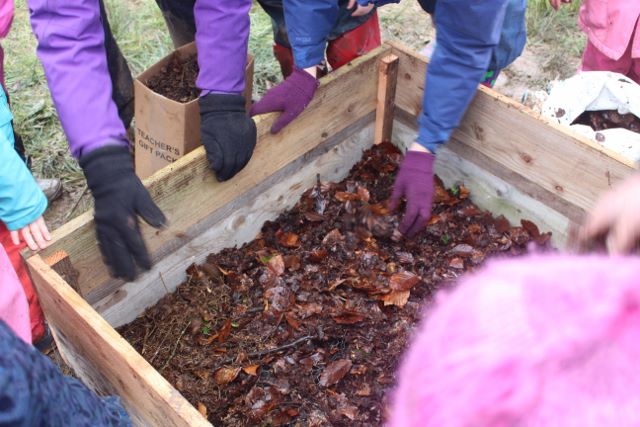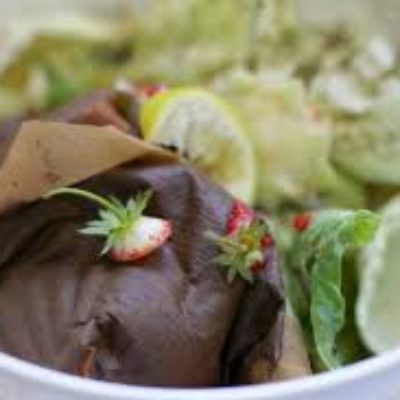Tag: compost, leaf mould, mycorrhiza, mycorrhizal fungi, propagation, seed compost Posted: Donal Date: March 6, 2019
Leaf Mould – it never gets old!

Leaf mould is such wonderful stuff. Friable, crumbly, smelling of the forest floor.
It is great for adding to garden soil or raised beds, where it helps to loosen the soil and to retain moisture while also aiding drainage – how cool is that?
Leaf mould also works brilliantly as a seed or potting compost because of its texture and its low macronutrient content – composts high in macronutrients will most likely result in unhealthy growth in seedlings. I recently had the pleasure of supplying leaf mould for a “Forest in a Box” project http://www.woodlandleague.org/forest-in-a-box-project/ This is a way for schools to propagate native trees in a 1×1 metre wooden box, protected from rodent predation with wire mesh above and underneath.

The page linked above says that this space can produce 200 healthy trees for planting out every 2 years, so what a great use of a small space!
The beauty of leaf mould in this setting is that it provides the same fungi and microorganisms as the forest floor, so the tree seedlings feel right at home. The walls of the box encourage the trees to reach for the light, just like in the forest where competition for resources makes trees work harder and become stronger, though trees also help each other in surprising ways – plants are very altruistic creatures!
The mycorrhizal fungi that help plants such as trees to take up nutrients in a mutualist, symbiotic relationship between plant and fungus, also allow trees and other plants to pass on nutrients and even water to their neighbouring plants that need them.
And of course, these mycorrhizal fungi are present in the leaf mould. Leaf mould also contains valuable minerals – trees uptake minerals from deep in the subsoil using their roots, and when they shed their leaves they release some of these minerals. So whoever collects the leaves and makes leaf mould is also collecting the minerals that they contain!







